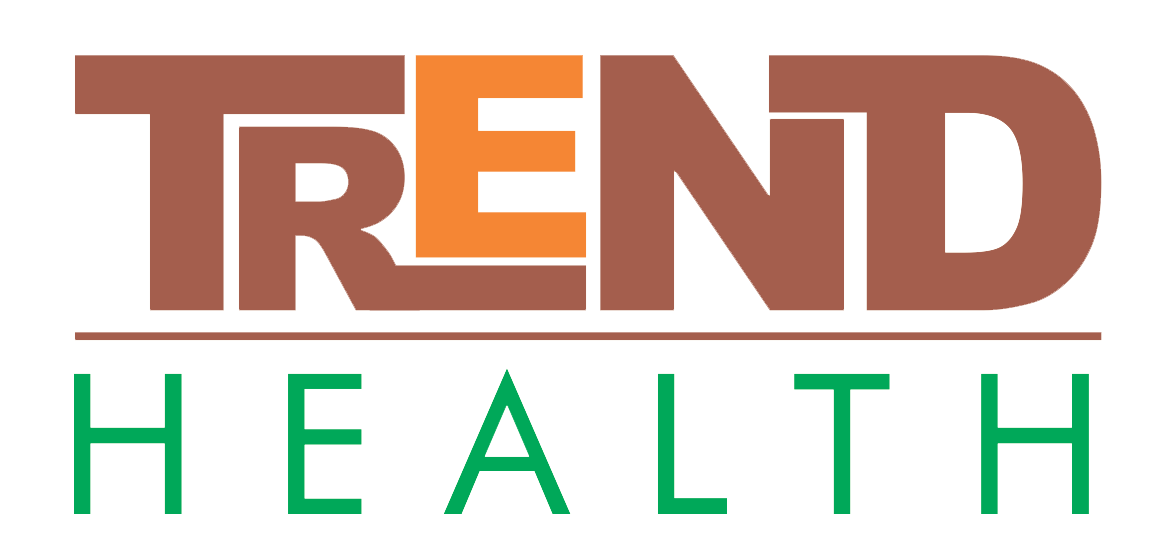Any organisation’s prosperity and its employees’ well-being depend heavily on maintaining a safe and healthy work environment. Identifying, evaluating, and mitigating potential dangers are ensured through the essential practice of health and safety risk assessment in this endeavour. Workplaces can proactively manage risks, avoid accidents, and advance a safety culture by implementing appropriate risk assessment procedures. People are turning to IOSH Training to acquire the skills needed to carry out efficient Health and Safety Risk Assessment as organisations increasingly understand the importance of workplace safety.
What is the importance of risk assessment in workplace?
Identification of Hazards
A health and safety risk assessment’s main goal is to locate potential dangers in the workplace. These dangers can be anything from chemical or biological concerns to physical risks like trip hazards. Organisations can identify areas that need attention and implement strategies to reduce or eliminate these risks through systematic assessment. The chance of accidents and injuries is considerably lowered by addressing dangers at their source.
Evaluation of Risks
Evaluation of related risks comes next when hazards have been found. Assessing the possibility and potential effects of an incident occurring due to the indicated danger is required here. Organisations can prioritise their responses and direct resources to areas with greater dangers by putting a risk level on the situation. By concentrating efforts where they are most needed, safety precautions are maximised.
Prevention of Accidents and Injuries
Risk evaluations for health and safety are essential in preventing accidents and injuries. Organisations can take proactive measures to create a safer environment for employees by anticipating hazards and minimising them. This safeguards worker health, lowering absenteeism, medical costs, and potential legal liability.
Compliance with Regulations
Organisations have a moral and legal obligation to follow health and safety rules. By highlighting areas that require improvement, health and safety risk assessments assist organisations in complying with these standards. Regulator non-compliance can result in fines, penalties, and reputational harm to an organisation. A thorough risk assessment guarantees the workplace complies with all necessary norms and laws.
Improved Decision-Making
Risk analyses for health and safety offer insightful information that supports decision-making. Organisations can allocate resources wisely, enhance processes, and spend money on safety equipment by being aware of potential dangers and their effects. This well-informed decision-making helps the organisation operate more effectively and efficiently overall.
Enhanced Employee Morale
A safe and healthy work environment increases employee morale and job satisfaction. Employees are more engaged, motivated, and productive when they believe their well-being is a top priority. Risk evaluations for health and safety show a company’s dedication to its workers and provide a positive work environment.
Reduction in Costs
Accidents and injuries at work can have a major financial impact due to medical expenditures, workers’ compensation claims, and lost productivity. Organisations can lessen the cost of accidents by proactively identifying and addressing risks. Long-term cost reductions can be enormous if you invest in health and safety early.
Continuous Improvement
Health and safety risk assessments are a continuous process of improvement, not a one-time event. Organisations can evaluate the efficiency of imposed controls, spot new risks, and adjust to changing conditions by conducting regular evaluations. This dedication to ongoing development strengthens the safety culture and guarantees that the workplace remains safe.
Conclusion
It is not only morally right to put employee health and safety first; it is also strategically necessary. To prevent accidents, cut costs, and promote a culture of safety, health and safety risk assessments give organisations the tools to recognise, assess, and handle possible threats.
People are looking for IOSH training to give them the skills to perform efficient risk assessments and contribute to the well-being of their coworkers and organisations as the significance of workplace safety is becoming more widely understood. Health and safety risk assessments will remain crucial to ensuring a secure and productive workforce as workplaces change.







